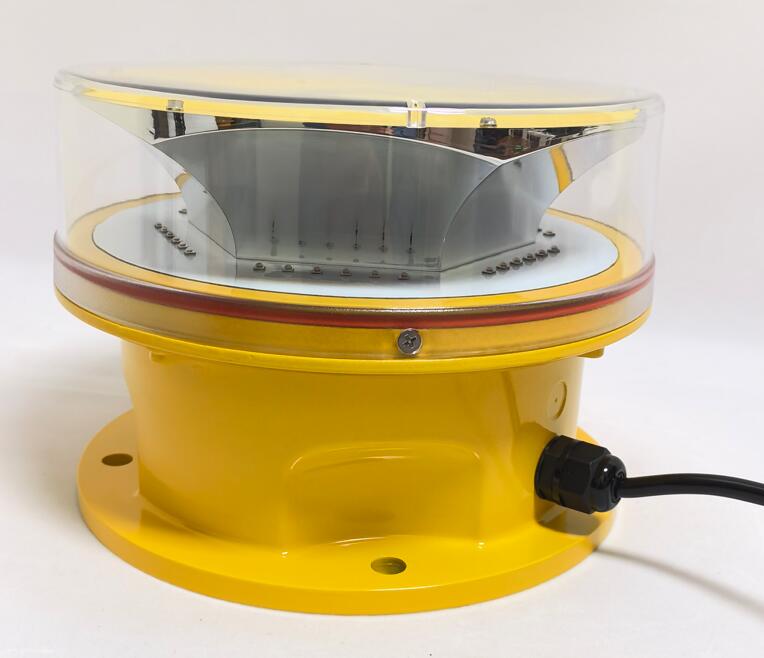FAA Red Obstruction Lights: The Critical Guardians of American Airspace
In the complex network of U.S. aviation infrastructure, FAA red obstruction lights serve as silent sentinels protecting aircraft from potential collisions with ground structures. These federally mandated warning systems adorn everything from communication towers to wind turbines, creating a visible safety net across American skies. As air traffic density increases and urban structures grow taller, understanding the specifications, applications, and technological evolution of FAA red obstruction lights becomes essential for aviation professionals, engineers, and urban planners alike.
Regulatory Framework and Standards
FAA Lighting Classification System
L-810: Low-intensity steady-burning red lights (32.5 candela minimum)
L-864: Medium-intensity flashing red lights (2,000 candela)

Dual lighting systems combining both types for optimal visibility
| faa red obstruction lights |
Compliance Requirements
Mandatory for structures exceeding 200 feet AGL
Required on temporary structures standing over 20 days
Specific placement patterns based on structure height
| faa red obstruction light |
Technical Specifications
Optical Performance
360° horizontal coverage requirement
Vertical distribution specifications
Minimum visibility range of 3 statute miles
Electrical Standards
Backup power system requirements
Weatherproof wiring specifications
Lightning protection measures
Installation Best Practices
Structural Considerations
Optimal placement for maximum visibility
Multiple light configurations for tall structures
Tower face lighting patterns
Environmental Adaptations
Corrosion-resistant materials for coastal areas
Ice prevention systems for northern climates
UV-resistant components for desert regions
Operational Advantages
Aviation Safety Benefits
72% reduction in tower-related incidents since standardization
Improved pilot situational awareness
Enhanced visibility in reduced visibility conditions
Maintenance Features
Modular design for easy component replacement
Self-diagnosing systems with fault indicators
Remote monitoring capabilities
Technology Evolution
LED Revolution
80% energy reduction compared to incandescent
50,000+ hour lifespan
Improved color consistency
Smart Systems Integration
Automatic brightness adjustment
Wireless monitoring networks
Predictive maintenance algorithms
Special Applications
Urban High-Rise Lighting
Architectural integration challenges
Light pollution mitigation techniques
Synchronized flashing systems
Wind Farm Installations
Turbine-specific lighting configurations
Radar interference reduction
Aircraft detection lighting systems
Compliance Verification
Inspection Protocols
Annual photometric testing requirements
Structural integrity assessments
Electrical system evaluations
Documentation Standards
Maintenance log requirements
NOTAM reporting procedures
Change notification processes
Future Developments
Advanced Materials
Self-cleaning optical surfaces
Impact-resistant polycarbonate lenses
Nano-coated weather protection
Next-Generation Technologies
Integrated aircraft detection systems
Solar-powered autonomous units
AI-optimized flash patterns
FAA red obstruction lights represent a critical component of America's aviation safety infrastructure, their distinctive crimson glow providing essential visual warnings to pilots across all flight conditions. As the FAA continues to refine standards and incorporate new technologies, these lighting systems evolve to meet the challenges of increasingly crowded airspace and taller ground structures. Beyond mere regulatory compliance, proper implementation of FAA red obstruction lights demonstrates an organization's commitment to aviation safety and responsible infrastructure development. In an era of advancing aviation technology, these red beacons remain a constant - visual guardians ensuring safe passage through America's skies.
